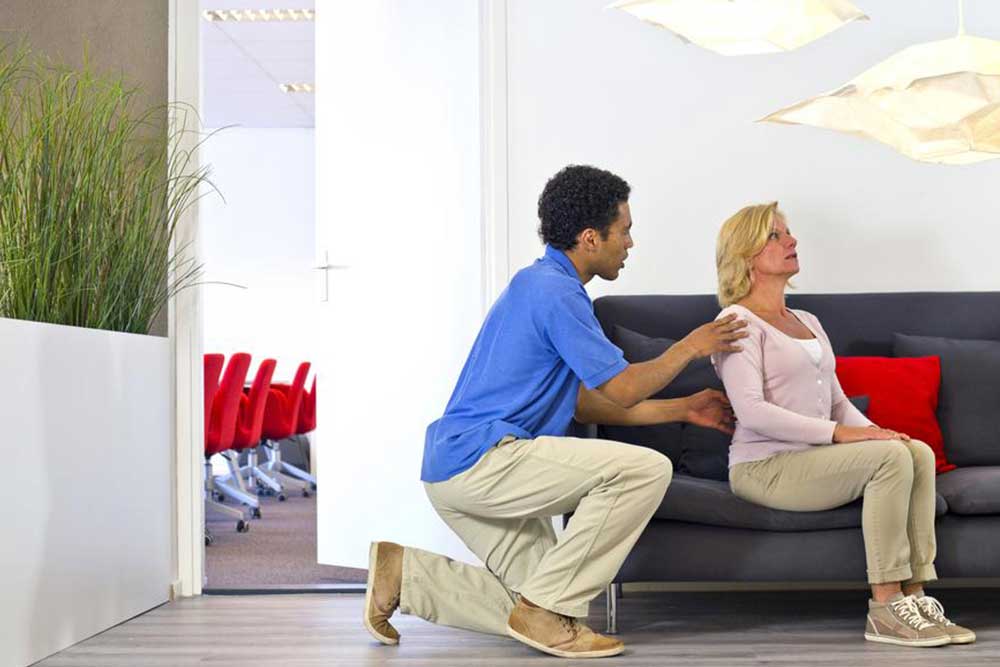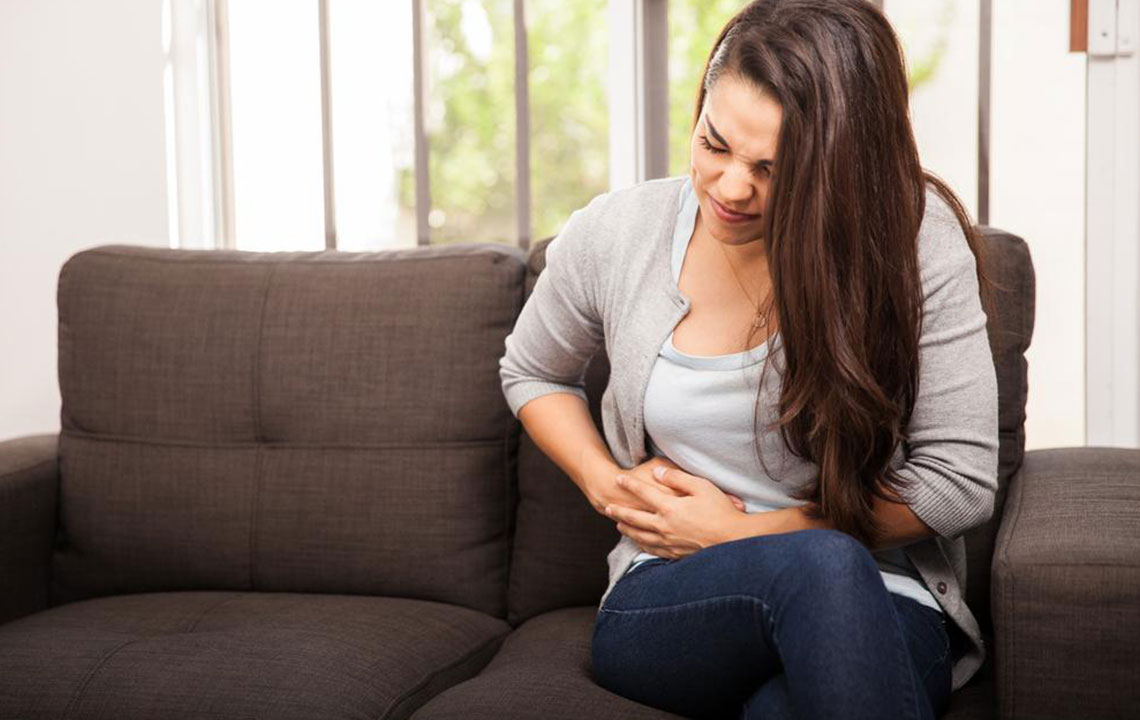Common FAQs About Managing Lower Back Discomfort
This article addresses common questions about lower back discomfort, including symptoms, early treatment options, home remedies, and prevention tips. It emphasizes the importance of proper diagnosis and professional care, highlighting lifestyle changes and therapies that can alleviate or prevent lower back pain. Ideal for individuals seeking effective management strategies for back issues, it offers practical advice applicable to everyday life and highlights when to seek urgent medical attention.

Understanding Lower Back Discomfort: Top Questions Answered
Lower back discomfort is a widespread issue affecting many individuals at some point. It is among the leading causes for medical visits and work absences worldwide. The lower back supports upper body weight and enables movements like twisting and bending. Treatment varies from simple home remedies to advanced medical procedures, including surgery, based on severity.
What are typical symptoms of lower back discomfort?
Identifying specific symptoms assists in accurate diagnosis and effective treatment.
Symptoms often include dull, aching pain; increased discomfort after prolonged sitting; pain radiating from the buttocks down to the thighs, calves, or feet; and relief after changing positions during sleep or sitting.
Symptom onset varies among individuals—gradually developing over time, immediately after injury, or manifesting as intermittent pain. Emergency signs include loss of bladder or bowel control, fever, unexplained weight loss, or persistent abdominal pain.
Early management options for lower back discomfort
Medical interventions: Muscle relaxants ease tense muscles, while pain relievers reduce discomfort and nerve signals to the brain.
Support devices: Back braces may provide comfort, especially when combined with physical therapy to promote healing.
Injections: Epidural steroid injections target inflammation and offer temporary relief by delivering steroids near the spinal cord area.
Effective home remedies for lower back pain
Yoga: Regular yoga practice has shown to decrease back pain symptoms, promoting flexibility and relaxation.
Massage therapy: Therapeutic massages help alleviate chronic discomfort, especially when paired with stretching routines.
Acupuncture: Many individuals report improvement after acupuncture sessions for both acute and chronic back issues.
Quality sleep: Adequate rest helps relax muscles, reducing pain and aiding recovery.
Preventive measures for lower back issues
Maintain a healthy weight through balanced nutrition.
Avoid prolonged sitting by taking regular breaks.
Practice correct posture during daily activities.
Ensure sufficient, restful sleep each night.
Quit smoking, which can affect blood flow and healing.
Use proper techniques and lift objects from the legs rather than the back.
Engage in regular exercise to strengthen back muscles and improve flexibility.
Note:
The information shared here provides general guidance but should not replace professional medical advice. Always consult a healthcare provider for diagnosis and treatment tailored to your condition. The site’s content aims to inform but cannot guarantee accuracy or cover all available treatment options.










